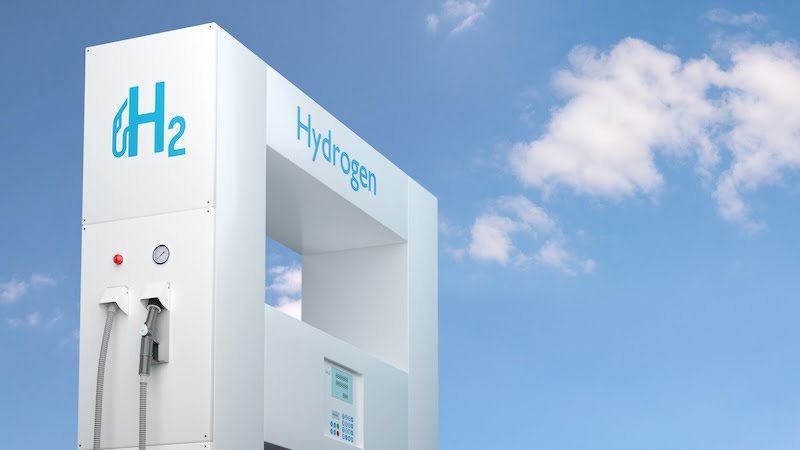
Green hydrogen currently seems to be the panacea when it comes to the energy transition. It is also receiving a lot of attention in the debates surrounding the mobility transition. However, it is only worthwhile to use it in a targeted manner in industry. For road traffic, it is a false solution. A comment.
There is no way around a hydrogen economy in Germany. After all, the federal and state governments are funding corresponding production projects with billions. The common goal of all EU countries: by 2030, ten million tons of green hydrogen are to be produced domestically and ten million tons are to be imported.
The European Court of Auditors recently announced that the EU Commission's goals were not only unrealistic, but would also create new dependencies. Nevertheless, green hydrogen can be a sensible alternative in some areas to ensure a positive climate effect. But even then it will play a minor role at best.
The big problem, however, is that many politicians and media outlets are promoting green hydrogen as something it will never be: a panacea for the energy and mobility transition – and there are several reasons for this.
Green hydrogen only makes limited sense
First of all, green hydrogen is significantly more expensive than conventional grey hydrogen, the production of which requires fossil fuels and emits climate-damaging CO2. The production of green hydrogen, in turn, requires huge amounts of renewable energy.
In order to satisfy all the needs of industry and the mobility sector, however, a quarter of Germany's area would have to be covered with solar panels and wind turbines – which is of course completely unrealistic.
Nevertheless, if the expansion of renewable energies proceeds as planned, there will be times when more sustainable energy is available than can be consumed. This surplus can be used sensibly to produce green hydrogen, as energy storage is unprofitable with these amounts of energy.
But even then, the yield cannot cover all needs. Not even in combination with the import of green hydrogen, which in turn can entail certain political dependencies. In addition, it can only be produced sensibly at certain times when there is an energy surplus.
The “champagne” of energy sources will not play a major role in road traffic
Against this background, it should be clear: green hydrogen cannot become cheap. Nevertheless, many hope that things will turn out differently. However, this is simply an unrealistic idea that belongs more in the realm of dreams. The price will never fall so much that it plays a major role as a fuel in cars. For this reason alone, a corresponding infrastructure for road traffic would make no sense.
In addition, supply and demand on the global market will determine the price. In concrete terms, this means that if many companies and consumers rush to use green hydrogen, the fuel will become more expensive rather than cheaper. Like e-fuels, green hydrogen in road transport would therefore not only be something for the rich.
The “champagne” of energy sources should be used where there are no alternatives – and where it is really worthwhile. For example, in the steel and chemical industries and possibly also in aviation and shipping. Anything else would be inefficient and only a pseudo-solution.
A notice: This article is a commentary. This is a journalistic form of presentationwhich explicitly reflects the opinion of the author and not of the entire magazine. The commentary makes no claim to objectivity, but is intended to stimulate opinion-forming and is protected as an opinion piece by Article 5 of the Basic Law.
Also interesting:
Source: https://www.basicthinking.de/blog/2024/07/18/scheinloesung-gruener-wasserstoff-wird-im-strassenverkehr-keine-rolle-spielen/


